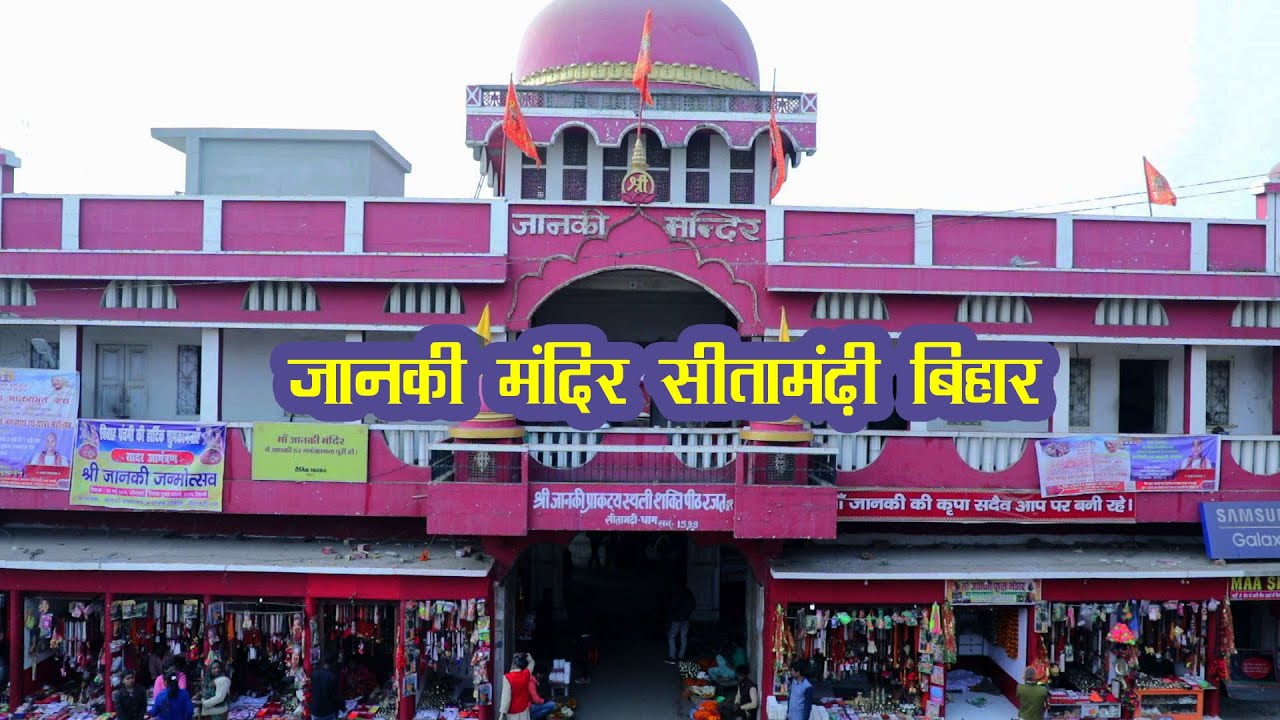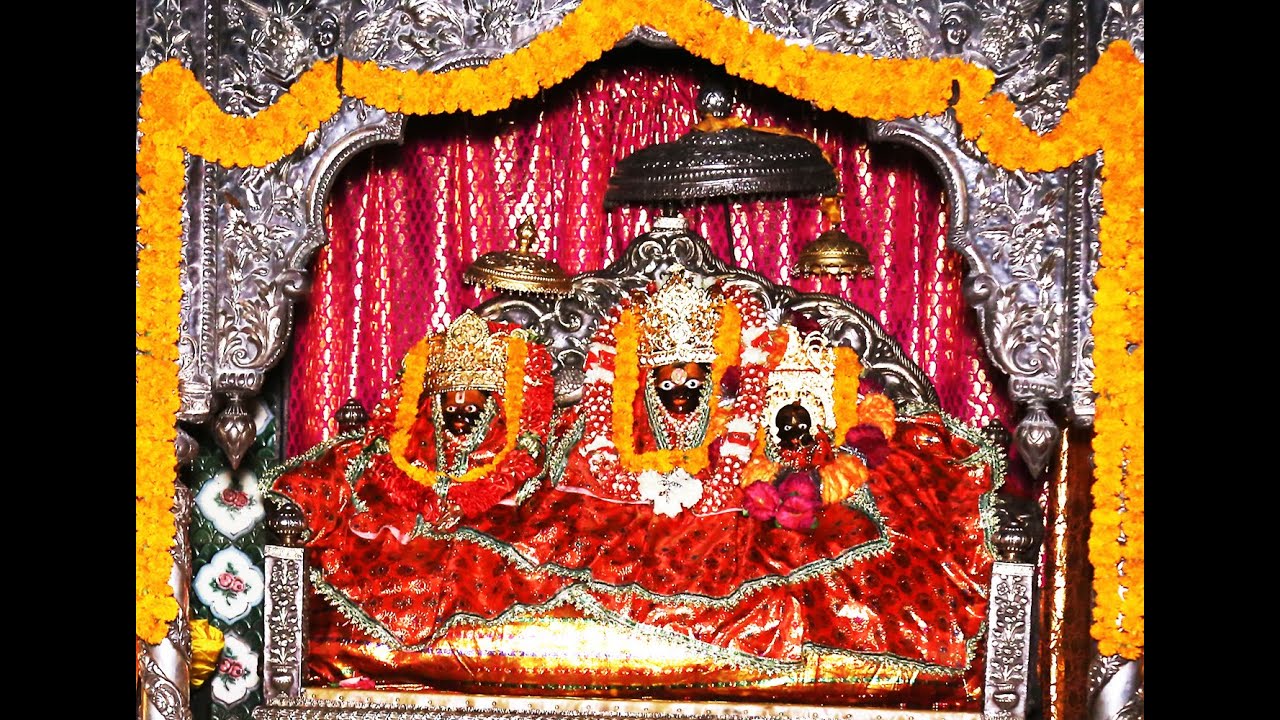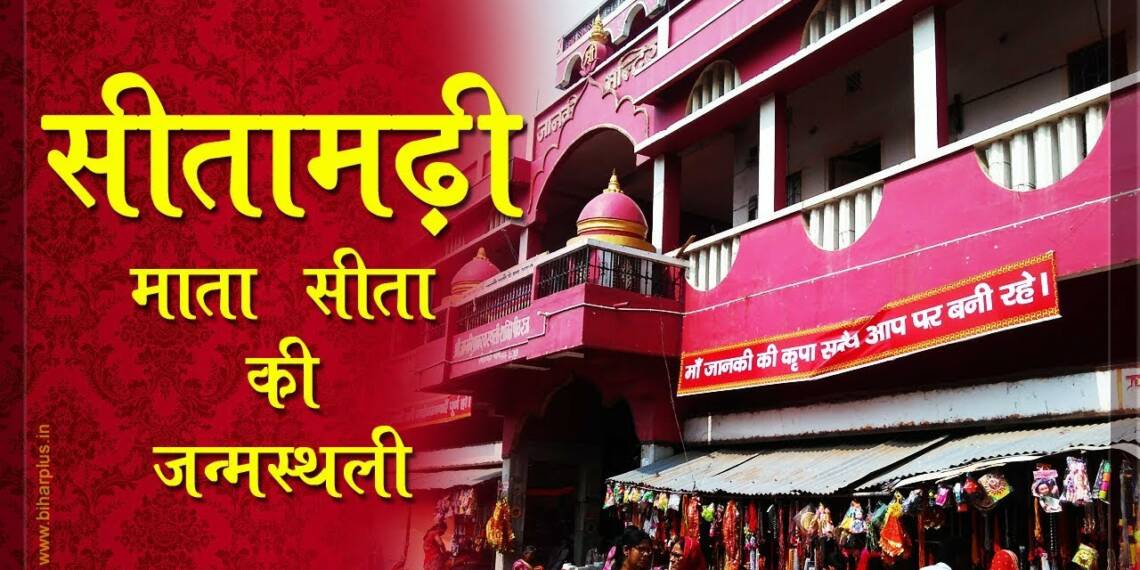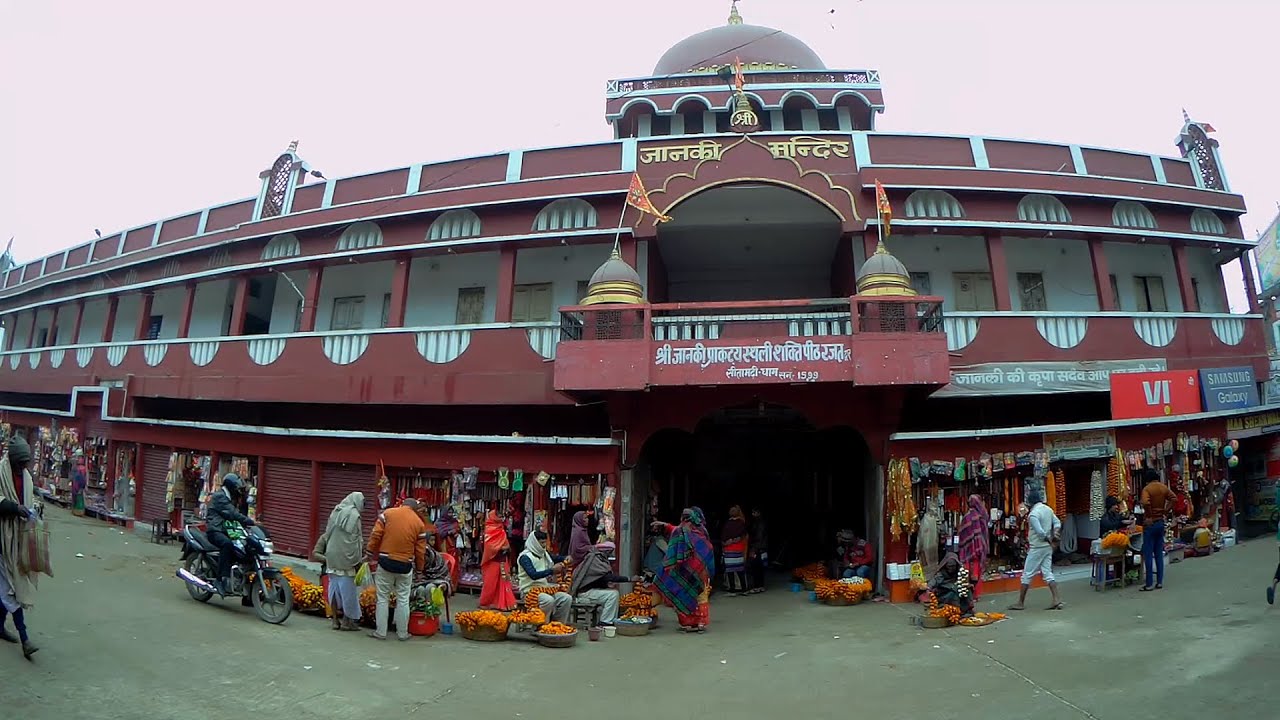Janki Mandir Sitamarhi – Guide
Janki Mandir is located in the city of Sitamarhi which is a major city of Mithila in India, which is mentioned in ancient Indian scriptures as the birthplace of Sita. This Hindu pilgrimage recorded in Tretayugin legend is one of the major tourist places of Bihar. Due to the birth of Sita, this city was first named Sitamarai, then Sitamahi and later Sitamarhi. This city is situated on the banks of Lakshmana river. It was an important part of the Mithila kingdom during the Ramayana period.
History of this Temple
The description of Sitamarhi as a Tretayugi city is found in the ancient text. In Treta Yuga, Goddess Sita, daughter of King Janak and wife of Lord Rama, was born in Tapora. According to ancient text, once in Mithila there was a cow that caused famine. The priests and pundits advised King Mikhail of Mithila to plow the field. It is said that Sita was born from the earth when King Janak was plowing the field at Taumra in Sitamarhi.
King Janak had installed the idol of Lord Rama and Janaki after marriage at Sitaji’s bed. About 500 years ago, Birbal Das, a saint from Ayodhya, under divine inspiration, discovered those idols and started regular worship. This place is today known as Janaki Kund. The Carnatic dynasty of Mithila rulers ruled here until the Muslim rule began in the region. Later, the local satraps maintained their supremacy here, but after the arrival of the British, this Bengal again became a part of the Bihar province.

Also Read: Shore Temple Mahabalipuram, Timings, History, Travel Guide and How to reach
Janki Mandir Sitamarhi Timings
Sitamarhi Janki Mandir opens all the days in a week. This temple opens at 6:00 AM in the morning and close at 8:00 PM in the evening.
| Saturday | 06:00 AM to 08:00 PM Aarti: 6:30 AM & 6:30 PM |
| Sunday | 06:00 AM to 08:00 PM Aarti: 6:30 AM & 6:30 PM |
| Monday | 06:00 AM to 08:00 PM Aarti: 6:30 AM & 6:30 PM |
| Tuesday | 06:00 AM to 08:00 PM Aarti: 6:30 AM & 6:30 PM |
| Wednesday | 06:00 AM to 08:00 PM Aarti: 6:30 AM & 6:30 PM |
| Thursday | 06:00 AM to 08:00 PM Aarti: 6:30 AM & 6:30 PM |
| Friday | 06:00 AM to 08:00 PM Aarti: 6:30 AM & 6:30 PM |
Also Read: Chakkulathukavu Devi Temple, Timings, History, Travel Guide and How to reach
Places to visit near this Temple
Sri Rama Mahakatu Stambha
This is a famous place which is Sri Rama Mahakatu Stambha one of the 85 Stambhas established by Saint Sri Tridandi Ramanuja in 1987 in Pushya Nakshatra.
Hanuman Mandir
About 800 years old this pasand dedicated to Hanumanji is situated in Sitamarhi situated in Bihar. This temple is the temple of south facing Hanuman ji.
Shri Shyam ji temple
Shri Shyam ji temple is also situated at Sitamarhi, this temple is one of the oldest temples located in India. Many secrets are hidden in this temple which is about 1000 years old.
Ahilya Sthan
Ahilya Sthan is situated at a distance of about 59 kms from Sitamarhi. At this place a stone was transformed into Ahilya as soon as it touched the feet of Shri Ram.
Haleshwar
Situated at a total distance of 7 kilometers from Sitamarhi, this place is famous all over the world. It is said that King Janak had established a Shivling at this place and King Janak also established the Shiva temple here.

Also Read: Kaleshwar Mahadev Mandir Paragpur, Timings, Travel Guide and how to reach
How to reach Janki Mandir Sitamarhi
By Air- The nearest airport from Janki Mandir Sitamarhi is Patna airport which is at a distance of about 180 km from this temple. From here you can easily reach this temple by using local transport services or taxi.
By Train- The nearest railway station from Janki Mandir is Sitamarhi railway station which is at a distance of 1.5 km from this temple. From here you can easily reach this temple by using local transport services or taxi.
By Road- Roads to this temple are well connected with the other cities of the country so you can easily reach this temple by using your own vehicle or by any public buses or taxi from any part of the country.
Subscribe our TFI Dharma YouTube channel to watch Devotional videos because we are here to serve Sanatana Dhrama: TFIDHARMA









